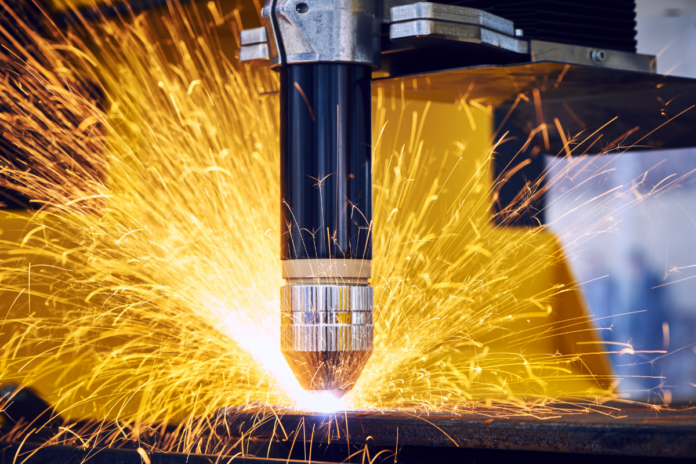Plasma cutting is a popular method of cutting metal, and it has become an indispensable tool in many manufacturing industries. With the rise of CNC technology, plasma cutters have become even more versatile and precise, making them an essential component of any modern manufacturing operation.
However, with so many different plasma cutters on the market, it can be challenging to determine which one is the right fit for your specific needs. In this comprehensive guide, we’ll take a closer look at the factors you should consider when selecting a plasma cutter for your manufacturing equipment.
Understanding Plasma Cutting
Before we dive into the specifics of selecting the right Plasma Cutters, it’s essential to understand how plasma cutting works. At its most basic level, plasma cutting involves using an electrically conductive gas (usually compressed air) to create a high-temperature plasma arc. This arc melts the metal being cut, allowing the plasma cutter to create precise cuts through the material.
Choosing the Right Power Source
One of the most critical factors to consider when selecting a plasma cutter is the power source. Plasma cutters typically come in two types: air plasma and high-frequency plasma. Air plasma cutters use compressed air to create the plasma arc, while high-frequency plasma cutters use a high-frequency spark to create the arc.
The power source you choose will depend on a variety of factors, including the thickness of the material you’ll be cutting and the precision required for your cuts.
Evaluating Cutting Speed and Precision
Another important factor to consider when selecting a plasma cutter is cutting speed and precision. Different plasma cutters will have varying cutting speeds and levels of precision, so it’s crucial to understand your specific needs in these areas.
If you’re working with thinner materials that require quick cuts, a plasma cutter with a higher cutting speed may be more appropriate. Conversely, if you’re working with thicker materials that require precise cuts, you may need a plasma cutter with a higher level of precision.
Assessing Portability and Ease of Use
When selecting a plasma cutter for your manufacturing equipment, it’s also essential to consider portability and ease of use. If you are moving your plasma cutter from location to location frequently, a lightweight, portable model may be ideal. Similarly, if you’re new to plasma cutting, you may want to select a model that’s easy to set up and use.
Comparing Costs and Value
Finally, it’s important to consider the costs and value of different plasma cutters when making your selection. While cost is certainly a factor, it’s essential to consider the overall value of the plasma cutter you’re considering.
Factors such as durability, ease of maintenance, and overall quality can all impact the value of a plasma cutter. By taking these factors into account, you can ensure that you’re getting the most value for your investment.
Conclusion
Selecting the right plasma cutter for your manufacturing equipment can be a challenging task. However, by considering factors such as power source, cutting speed and precision, portability, and cost, you can make an informed decision that meets your specific needs.
Whether you’re working with thinner materials that require quick cuts or thicker materials that demand precision, there’s a plasma cutter out there that’s right for you. By following the guidelines outlined in this guide, you can be confident that you’re selecting the best plasma cutter for your manufacturing equipment.










